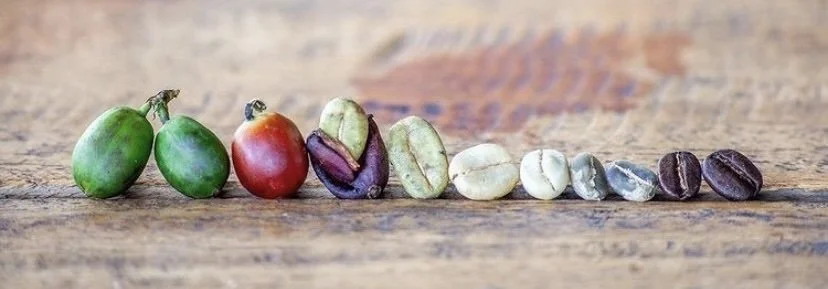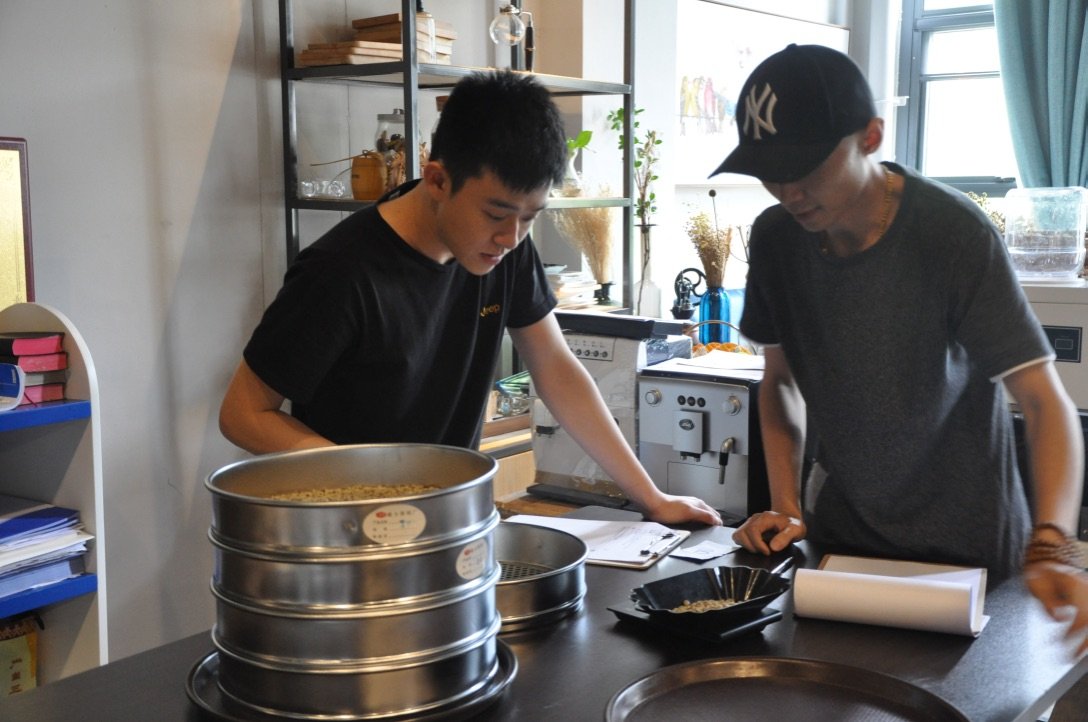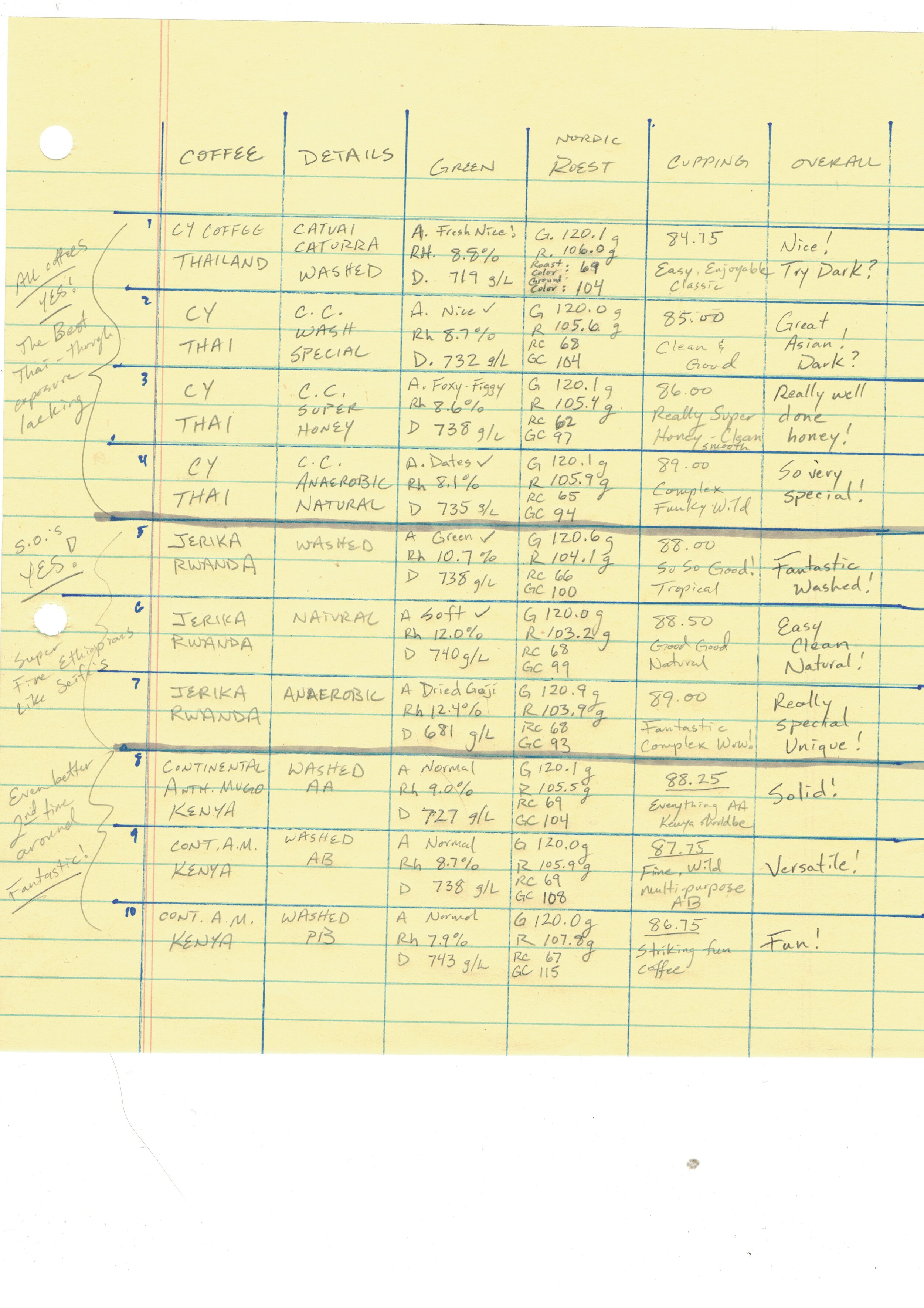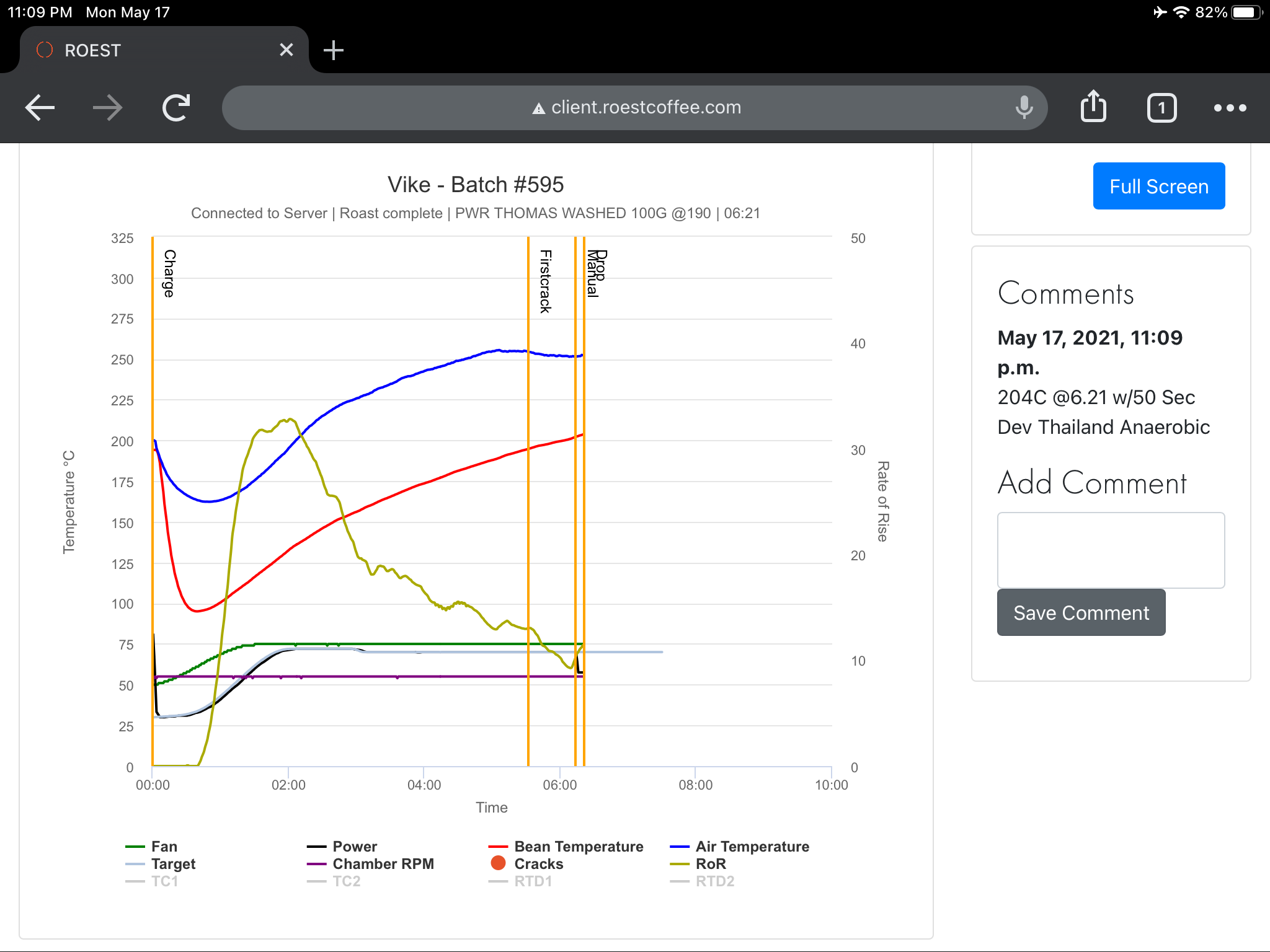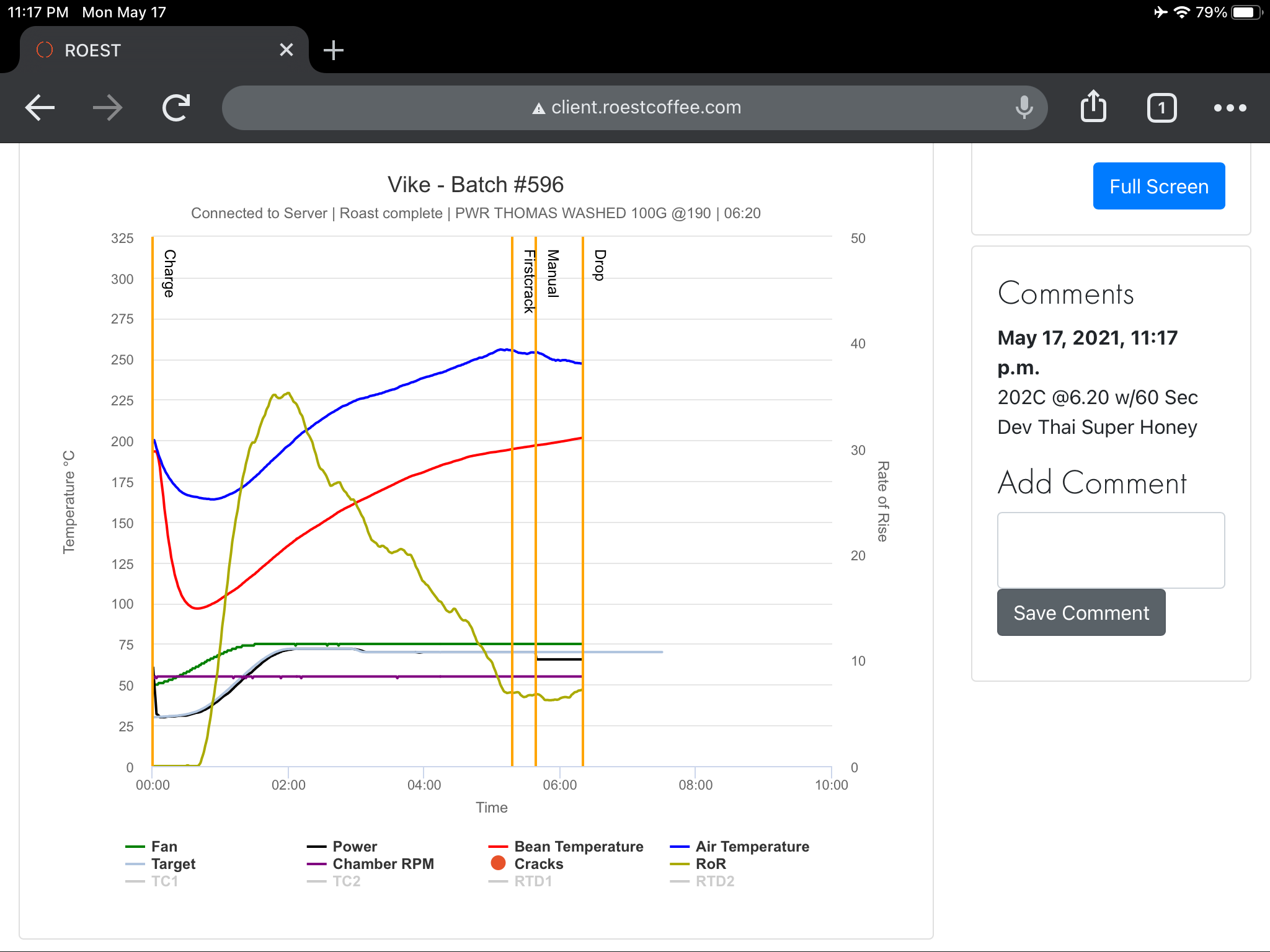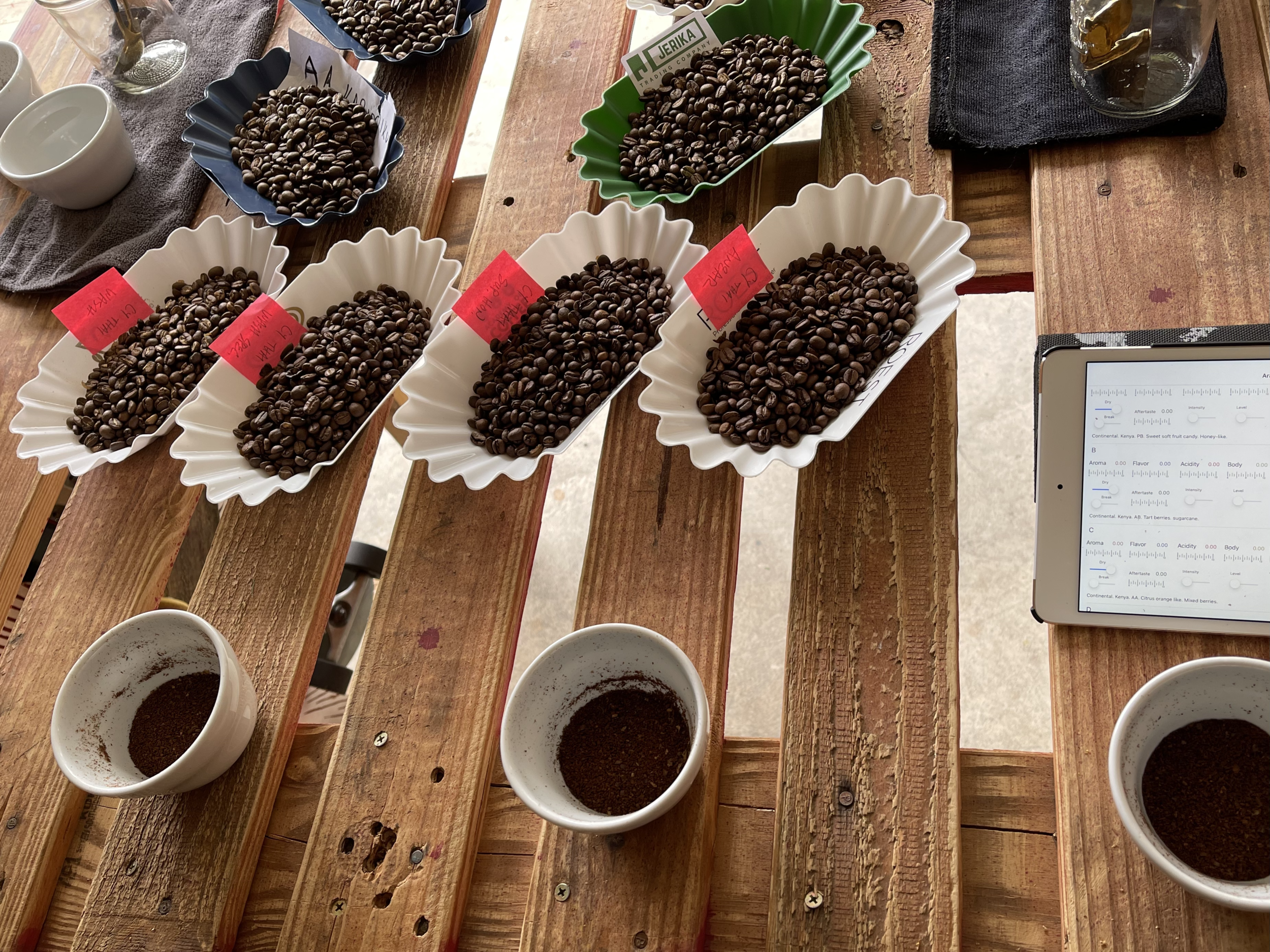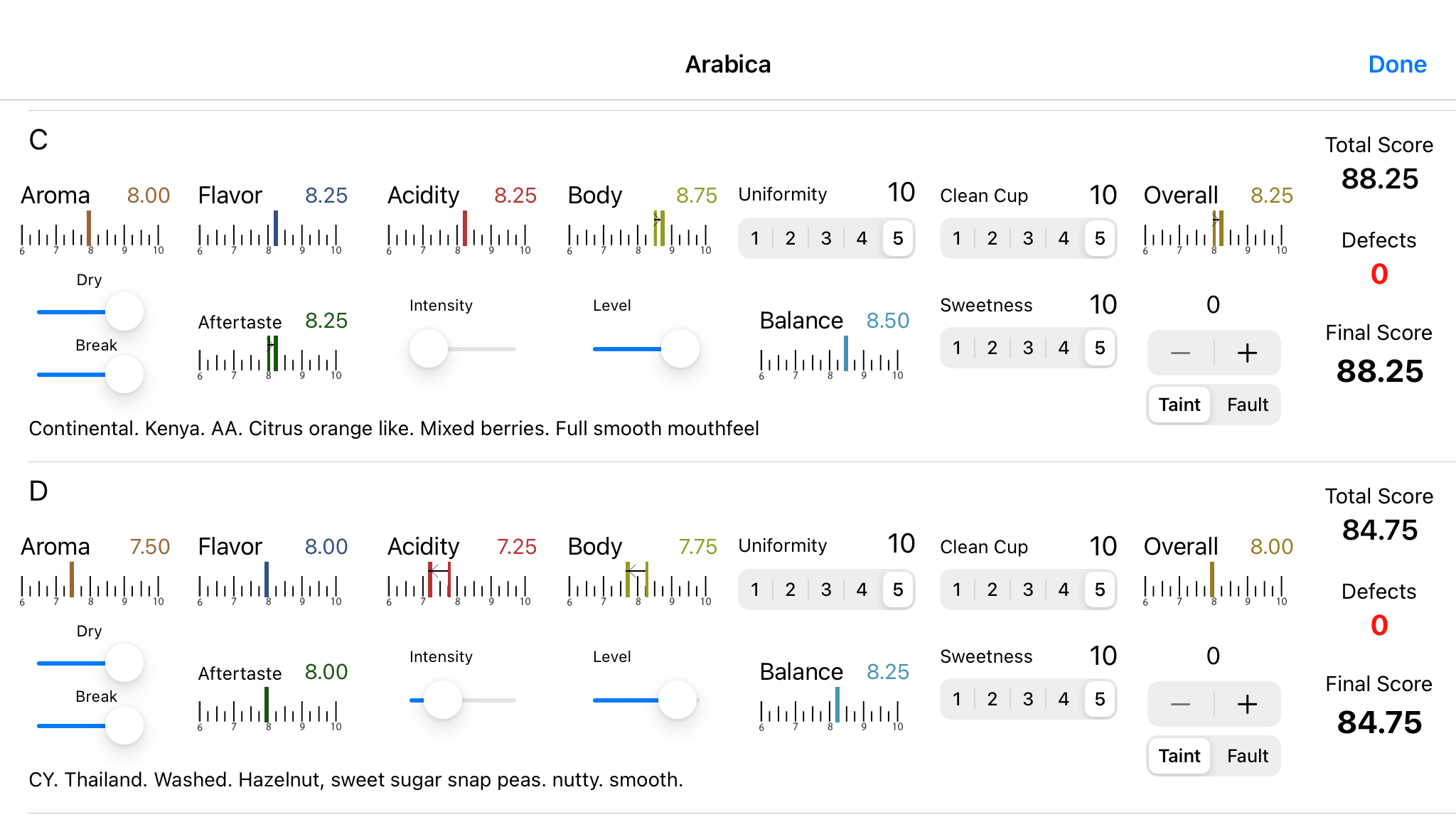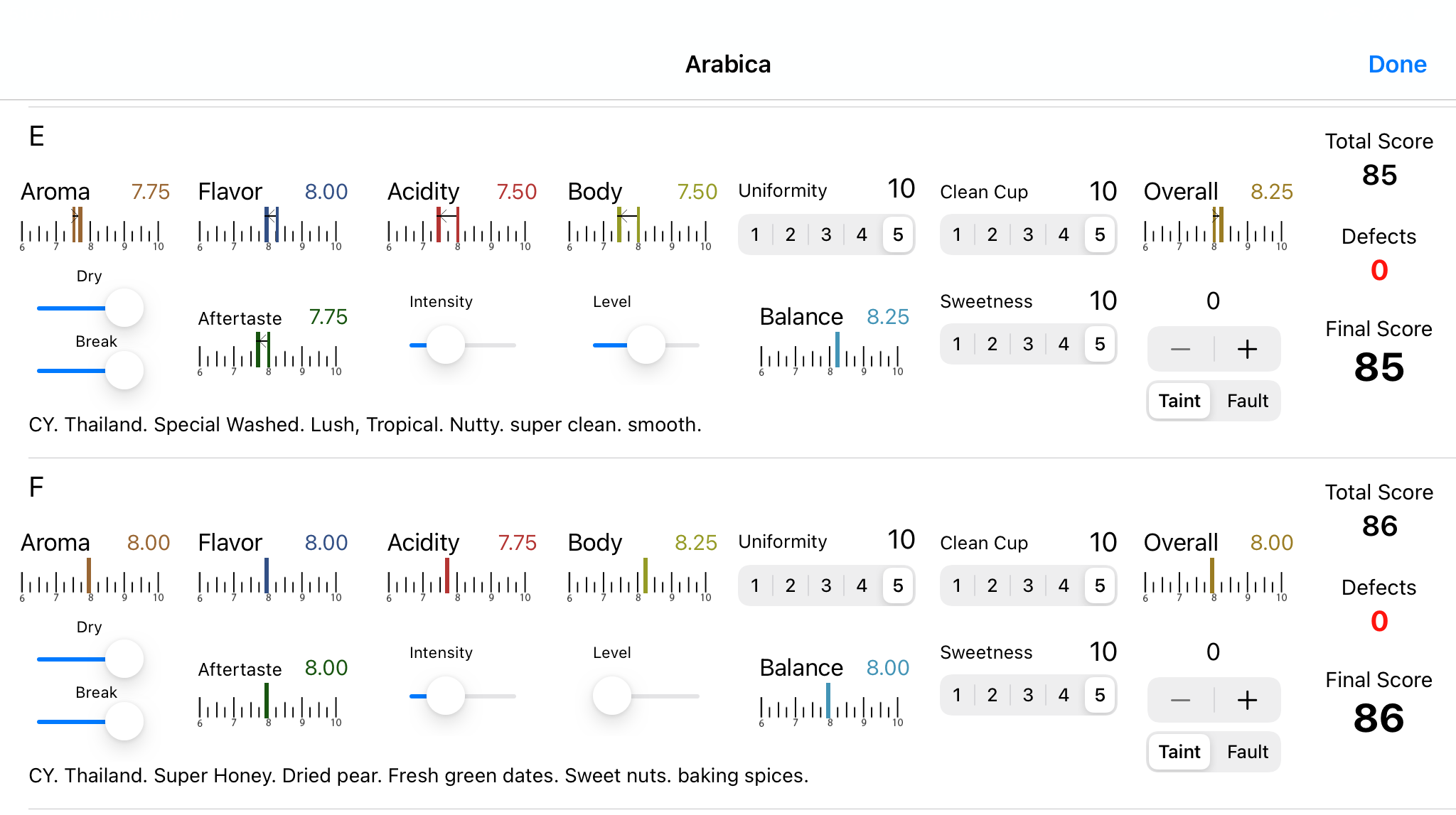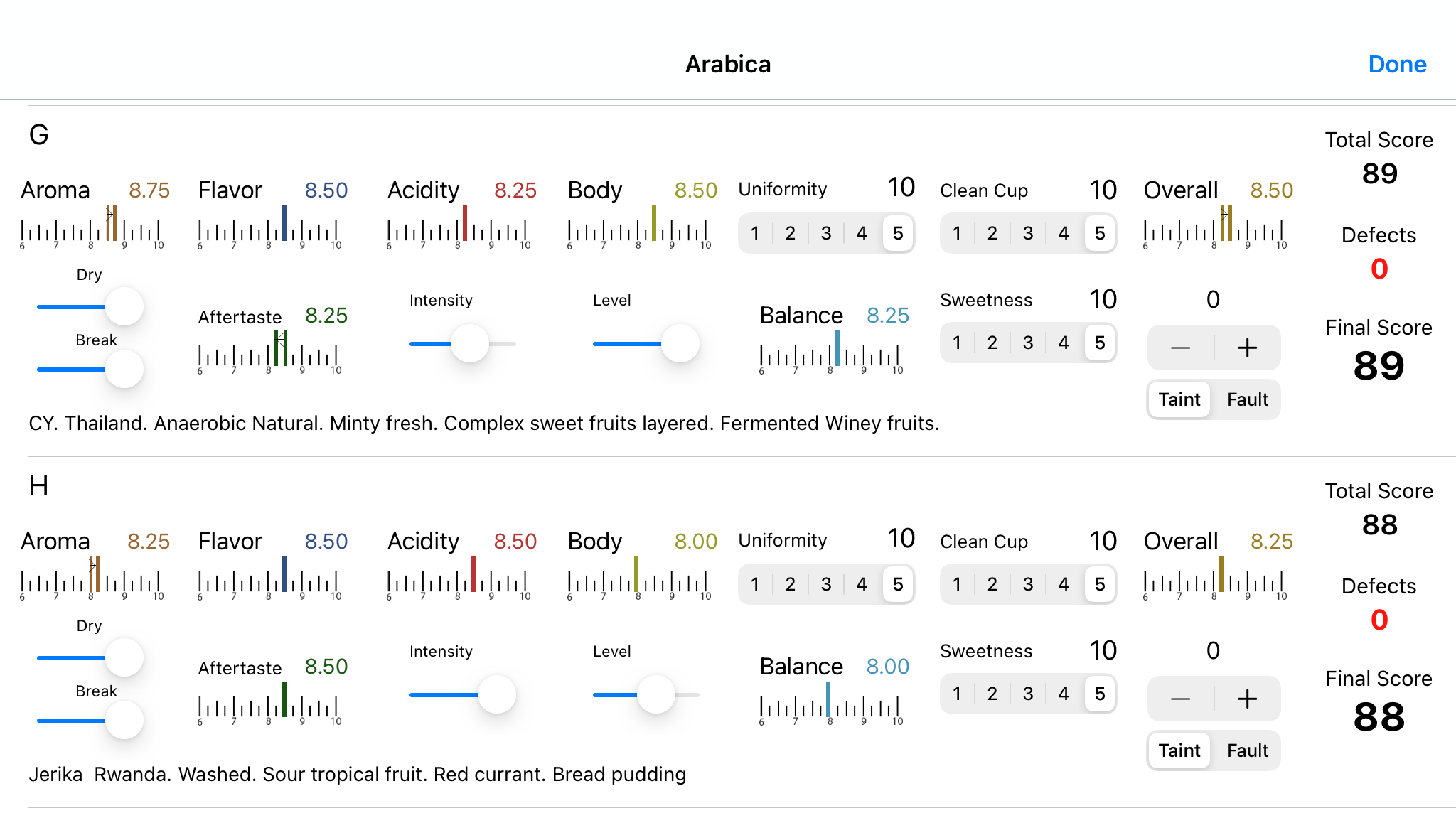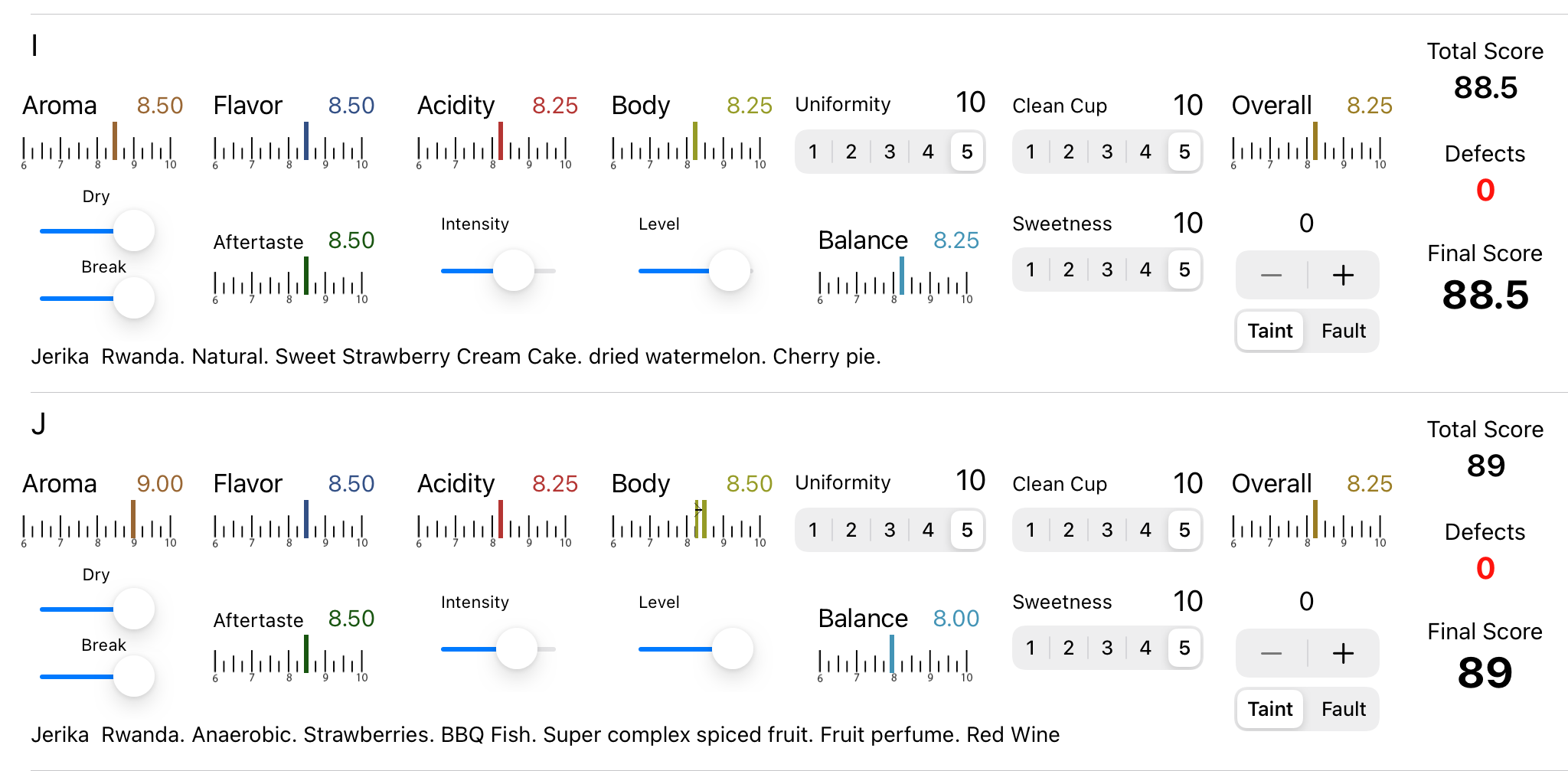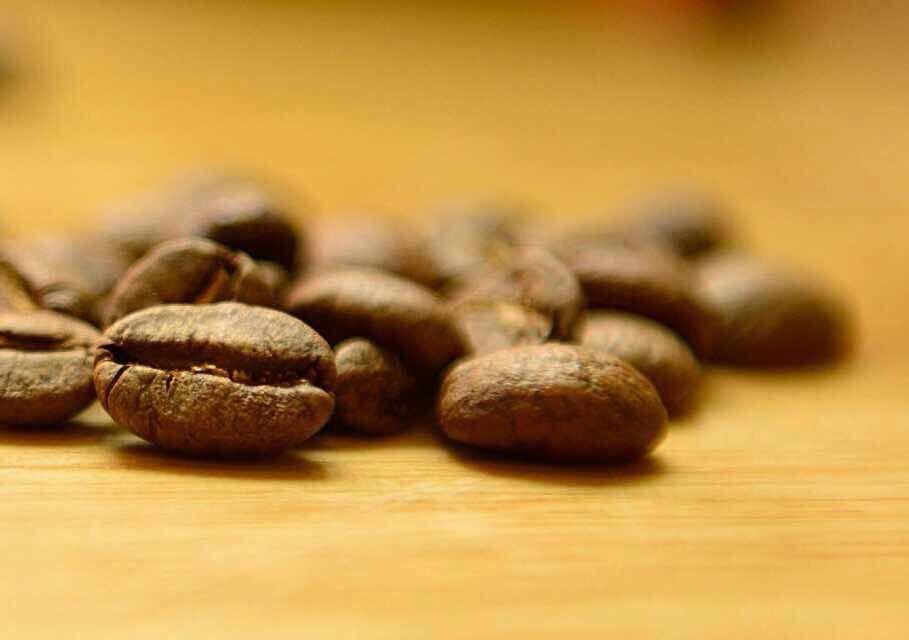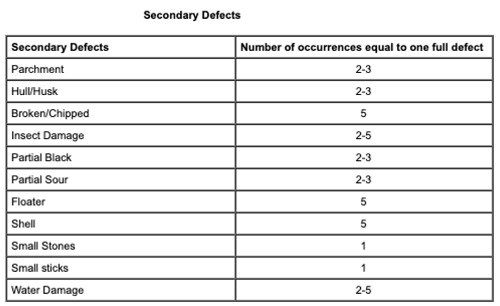Should coffee roasters worry about BEAN size?
What is the difference between grades and sizes?
As a specialty coffee trainer and quality control consultant, I wish I could say that proverbial lead in that, “I always have clients ask me…” Sadly I can’t say that anyone is asking. Perhaps many roasters understand the importance of coffee sizing when it comes to roast impacts:
The size of coffee beans directly correlates with the surface area available to absorb heat during the endothermic roasting stage (before first crack). Thus larger beans roast at a different rate than smaller beans - maybe faster, maybe slower.
The size of green coffee is indirectly related to coffee density - a common idea that most all roasters prescribe to the adage that “higher density coffee = better coffee”. No entirely true, in defense of low elevation coffee growers.
The size of coffee beans affects the way a roaster should blend for even distribution in the bag and in the espresso hopper where consistency between brews and shots is critical to clients.
Find dramatic improvements in roast quality using green sizing screens (sieves)
Before we get too deep into sizes and quality, let’s take a moment to consider where various coffee bean sizes come from. Coffee cherries from the same tree and branch grow along the stem of that branch. The coffee plant transfers nutrients up from the roots, through the trunk and out the branches. Those cherries closest to the trunk will naturally get water and nutrients before those at the end of the branch. If the soil is rich in nutrients and everything the plant needs to be happy, then the produce is abundant with less variance. If the plant is strained those cherries closer to the trunk may get nutrition first, while those further down the branch are lacking. I am not an agronomist or growing expert, but I am a farmboy and you can see how the logic holds that some coffee will be larger, some smaller, and all may potentially differ slightly in the organic composition in fruit and seed.
Aha! Where are most peaberries found?
At the end of the branch where the fruit can only support one seed rather than two!
As I said in my video, there may have been a time where it was reasonable to believe “bigger beans are better beans” and give monikers like “AA” or “AAA” or “Supremo” which insinuate a quality measure. However, today we enjoy a modern era where technology can be held in the hands of farmers and growers. Science, data and communication tools can relay growing and harvest conditions between farm, mill and warehouse for roasters to benefit. It is now time for roasters to recognize (and benefit from) the great advances at origin.
Furthermore, roasters may be willing to pay just as much, or more, for Kenya AB or for a Central Segunda lot, if roasted effectively. We can reward growers and producers for ALL of their coffee when we recognize and appreciate what each size can do!
GOAL #1 = Promote more strict coffee sizes protocols for roasters.
I believe that roasters should do their part to own screens and build them into a quality control program. Most “specialty coffee roasters” are going to great lengths to monitor quality and roast for nuances with a goal to Wow! their customers. However, they may find that one VERY EASY giant step forward is to roast the 17-18’s separate from the 15-16’s. That subtle size difference causes a variance in roast development … i.e. the nuances of fragrance, aroma, sweetness, acidity, body, mouthfeel, cleanness, and cupping score!
GOAL #2 = Promote dramatic gains for coffee Producers.
How can coffee producers recognize dramatic gains from strict coffee sizing? When roasters take the first step to understand that an 18 screen size (18/64th inch or 7mm) roasts, cups and blends very different from a 15 screen size (15/64th inch or 6mm) then they will begin to value coffee of all sizes for it’s specific use.
I encourage growers to sort coffee strictly, label clearly, offer documentation and sell it at a premium using universal language SUCH AS:
This is a 98% strict screen size 15-16 (6.0-6.5mm) triple sorted clean coffee.
This is a 98% strict screen size 19-20 (7.5-8.0mm) clean shaken natural coffee.
When roasters value 15’s then they will pay growers more appropriately for those once considered inferior beans. Roasters love to tell customers about farms and regions and Meters Above Sea Level (m.a.s.l.) but the truth of the matter is that many times these coffees are coming from farm regions, at various elevations, from various farms. When growers bring them to the central processing station they get blended together.
Perhaps roasters could be proud to share, “We support underdogs and to prove it roast the most delicious small bean coffee. We like to buy the small beans to help the growers, and personally we enjoy their nutty floral qualities!”
More could be said, I’ll step off of my soapbox. What questions or disagreements might you have? I’d love to learn from your perspective and keep the conversation going towards great understanding, improved quality control and more fair recognition for ALL coffees produced by growers.
Thanks for reading! (and watching)

